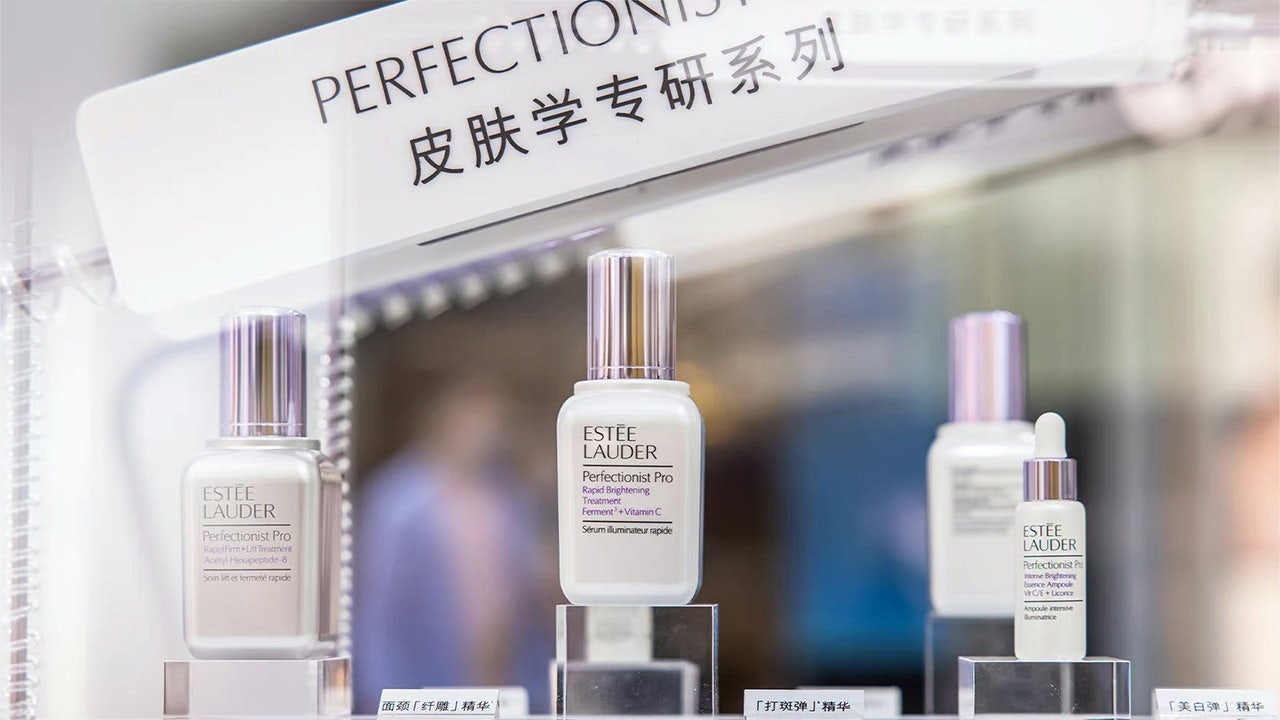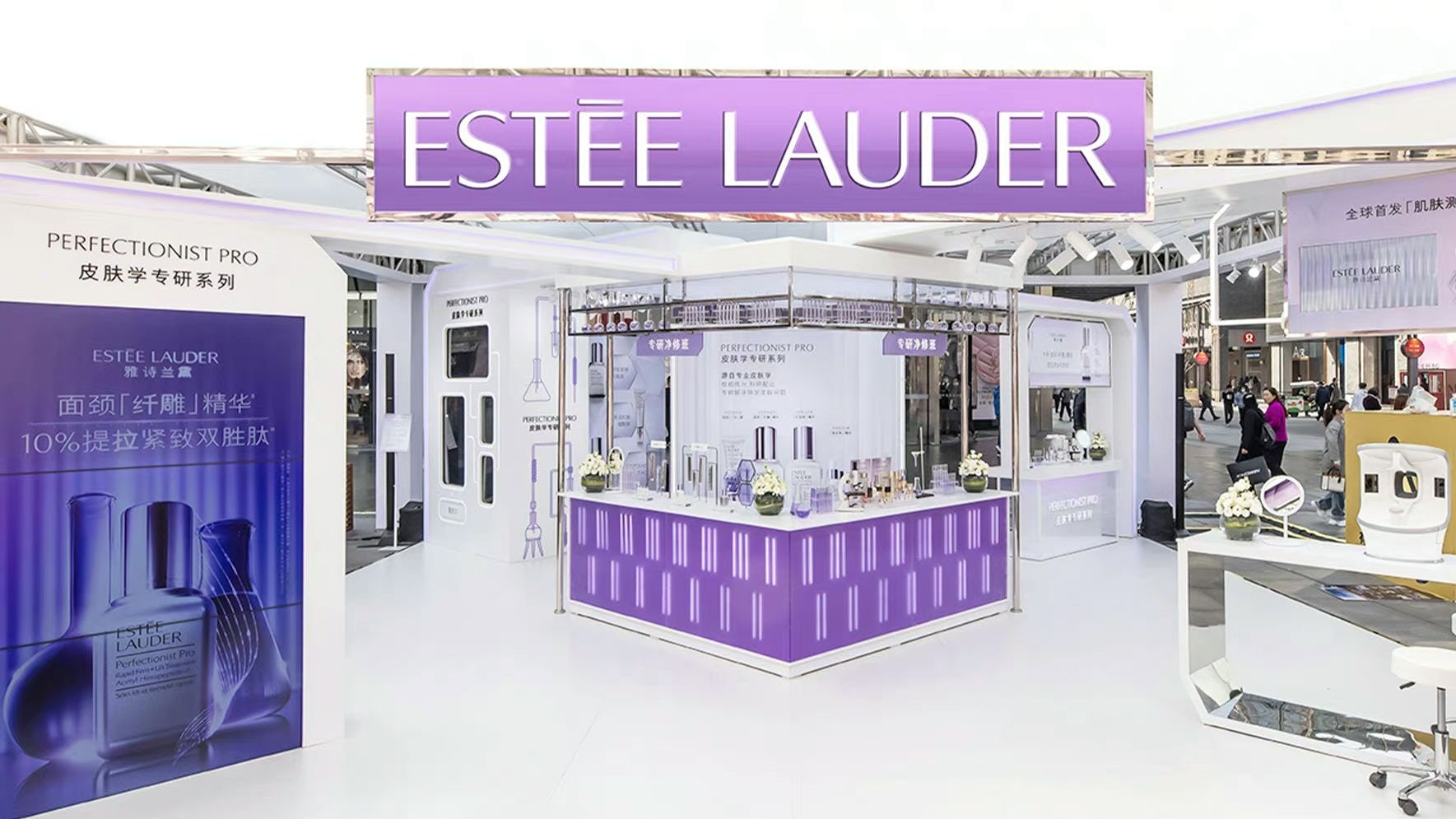What happened
Mask mandates and months trapped indoors haven’t dented China’s desire for skincare and cosmetics. According to data firm Ji-gua.com, the country’s beauty market is expected to reach 13.2 billion (88.9 billion RMB) in 2022 before hitting 15.5 billion (104 billion RMB) in 2024. So far in 2022, average monthly beauty sales on e-commerce sites come out to roughly 300 million (2 billion RMB), with Douyin accounting for 54 percent of beauty sales among social media platforms. Xiaohongshu follows behind at 29 percent, a drop from its 43 percent share in the first quarter of 2021.
The Jing Take
While the growth projection is promising, it hides the pain many beauty companies faced in the first quarter. US prestige beauty giant Estée Lauder, for example, noted that reduced retail traffic and limited distribution capacity due to COVID-19 restrictions caused organic sales to fall mid-single-digits in the mainland. Similarly, Procter and Gamble reported that Greater China sales were down mid-single-digits versus the prior year which was up 22 percent.
That said, some beauty sectors are faring better than others. In the same quarter ending March 31, prestige beauty e-commerce sales in China reached 2.7 billion, up 11 percent from the same period last year, according to The NPD Group. Even before the most recent Omicron wave, global players like L’Oréal, Shiseido, and Coty were already focusing on their luxury divisions to impressive success. In fact, Coty China’s prestige beauty was growing a whopping six times faster than the market in the quarter ended December 31.
But where are consumers going to buy these beauty products? When it comes to social commerce, Douyin is the clear winner. With about 600 million daily active users, China’s version of TikTok is more than a short video platform; over the past two years, it has built out its e-commerce capabilities to include flagship stores, an e-wallet, and a cross-border marketplace. Luxury brand Lancôme is a testament to both the importance of the platform and the strength of the high-end beauty segment: in just 10 days of opening a flagship store on Douyin, it saw sales in excess of 1.5 million (10 million RMB).
As these figures show, COVID-19 may have changed what and how beauty consumers buy, but it hasn’t curbed their desire to splurge. Not in the long run.
The Jing Take reports on a piece of the leading news and presents our editorial team’s analysis of the key implications for the luxury industry. In the recurring column, we analyze everything from product drops and mergers to heated debate sprouting on Chinese social media.


